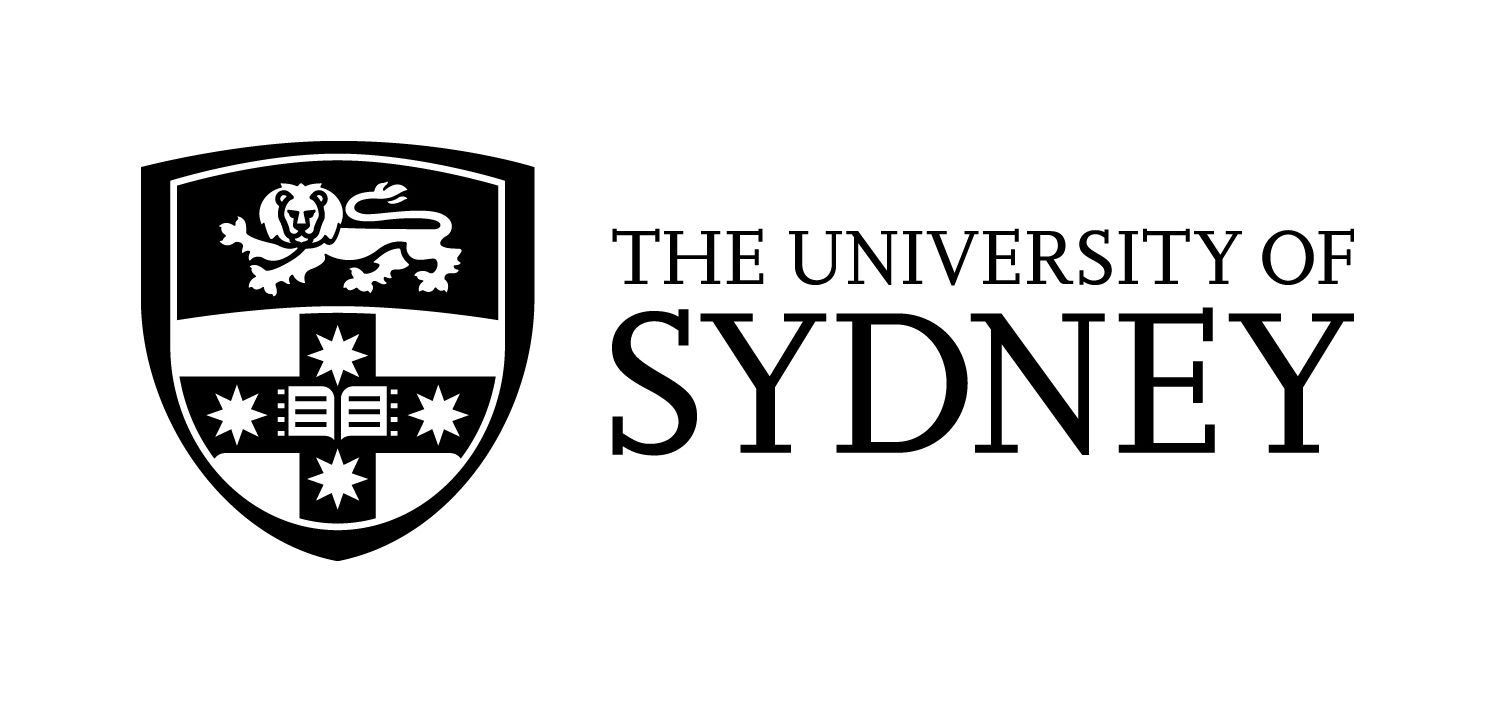Full description
The thymus plays a critical role in the development and maturation of T-cells. Humans have a single thoracic thymus and presence of a second thymus is considered an anomaly. However, many vertebrates have multiple thymuses. The tammar wallaby has two thymuses: a thoracic thymus (typically found in all mammals) and a dominant cervical thymus.
At the time of data collection in 2011, no genome-wide research had been carried out into the possible functional differences between the two thymuses. The tammar wallaby transcriptome data set allows comparison of the gene expression in the thoracic and cervical thymic tissues.The researchers used pyrosequencing to compare the transcriptomes of a cervical and thoracic thymus from a single 178 day old tammar wallaby.
RNA from cervical and thoracic thymic tissues from a 178-day-old tammar wallaby pouch young was extracted by Marylin B Renfree at the University of Melbourne. The tissue was pyrosequenced by Richard A Gibbs (Baylor College of Medicine) using the Roche 454 platform. 758,062 reads with an average read length of 184 bases were generated. Data analysis was undertaken primarily by Emily SW Wong and Katherine Belov at the University of Sydney. For a full list of contributors to the tammar wallaby transcriptomes dataset, please refer to the associated publication.
Delivery method
All datasets and supplementary information are available online. Checks on sequencing biases are provided as open data. The check files are labelled file additional 1. and additional file 2. in the associated publication, available online via BioMedCentral: http://www.biomedcentral.com/1471-2164/12/420. Annotated gene sequences and other related resources are available at http://bioinf.wehi.edu.au/tammar
Full datasets are stored in the NCBI Short Reads Archive (http://www.ncbi.nlm.nih.gov/sra), accession numbers SRX019250 and SRX019249. A related paper providing access to a database of marsupial and monotreme gene sequences is available at http://www.biomedcentral.com/1471-2172/12/48 (data paper) and http://hp580.angis.org.au/tagbase/gutentag (direct access to the database).
Data time period: 2008 to 2009
User Contributed Tags
Login to tag this record with meaningful keywords to make it easier to discover
- Local : NCBI accession number: SRX019250
- Local : NCBI accession number: SRX019249


 See more Integrated Biological Discovery data
See more Integrated Biological Discovery data